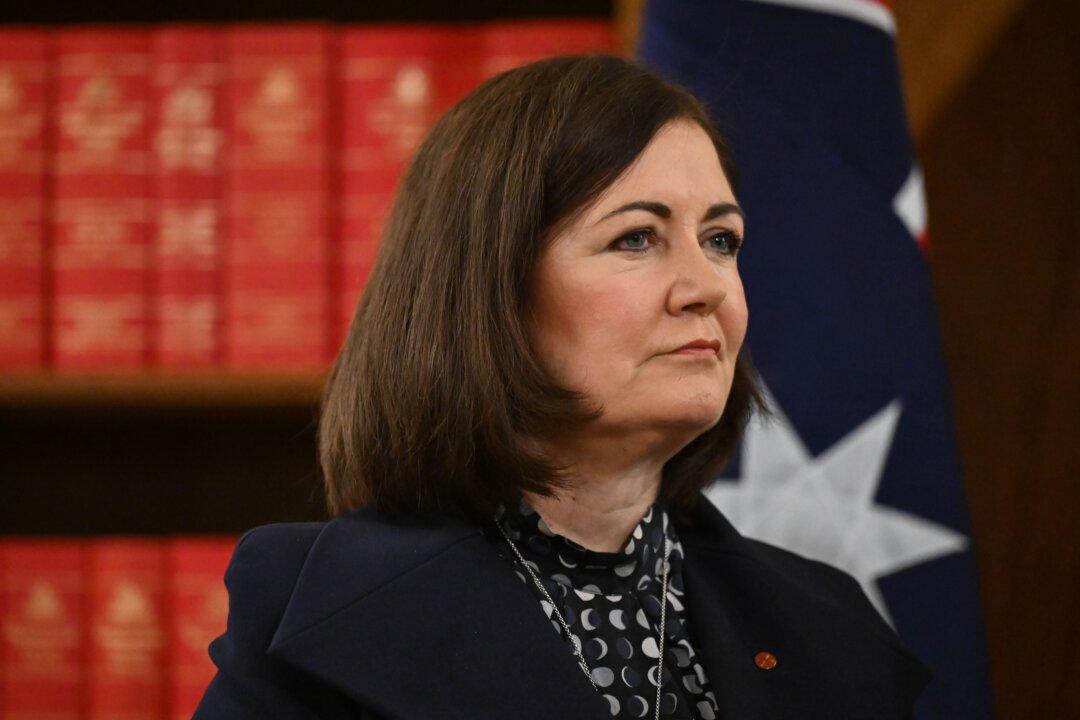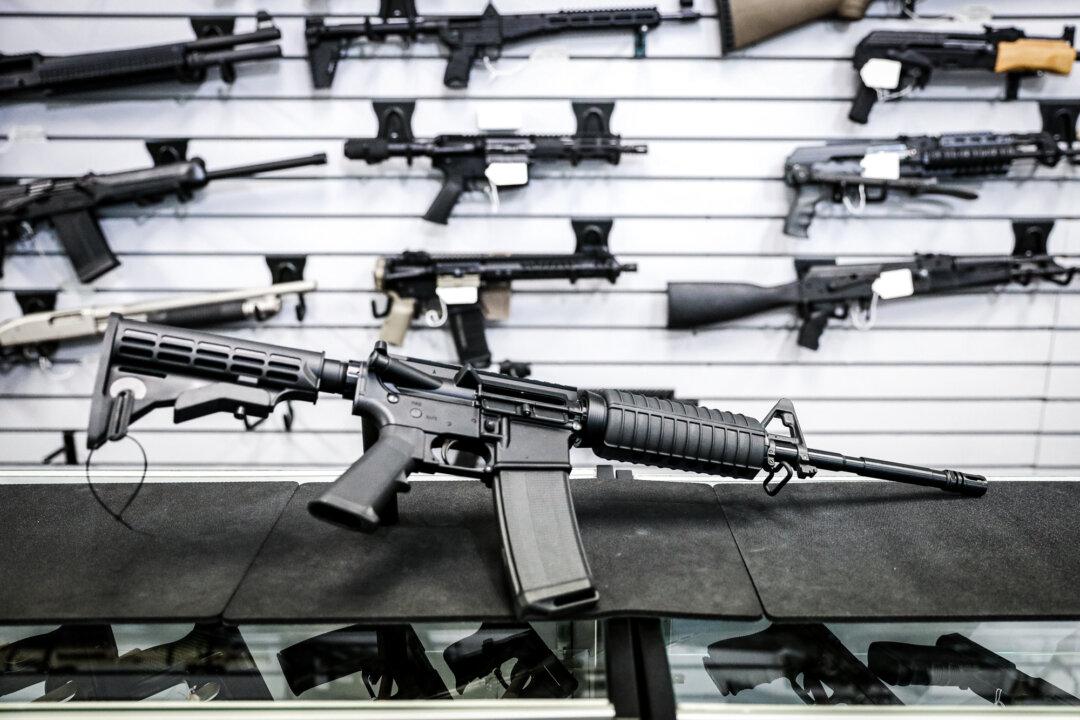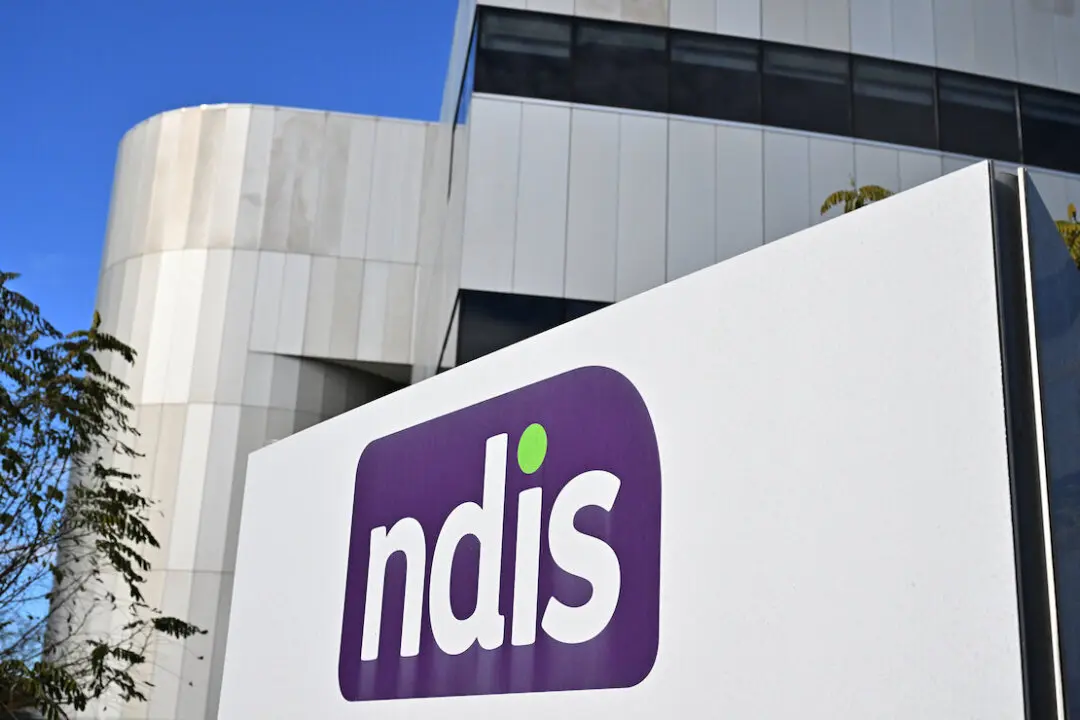Electric vehicle (EV) sales in Australia fell in September, while hybrid cars soared compared to the same month in 2023.
Australians brought 6,400 EVs in the first month of spring, down 27 percent on September 2023 and making up just 6.6 percent of new car sales.





